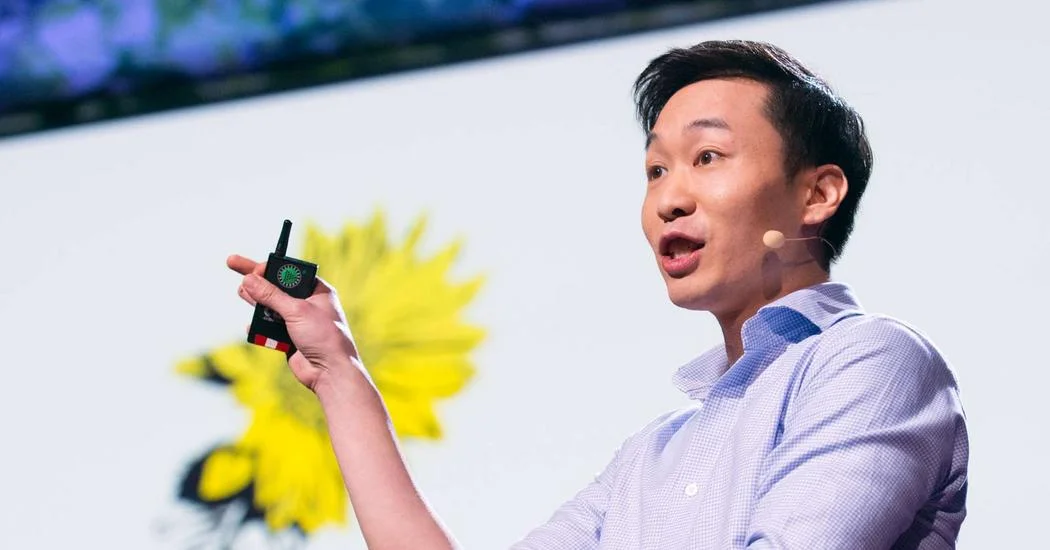“People sometimes ask me … you’re interested in this relationship between neuroscience and architecture. Can you give me a prescription for how to build - based on what you know about the frame - for how to build a better building? And we can’t do that. At least not now.” - Tom Albright
“How does an architect create a space that elicits a certain emotional response and … how can neuroscience inform that? I don’t have an answer.” - Tom Albright
“One that I think has been neglected is the social component. Buildings are normally occupied by people and we do things together collaboratively in buildings. And I think this is increasingly the way our world will operate .” - Tom Albright
“This is a really hot topic in neuroscience now, the neurobiology of social interactions.” - Tom Albright
“I’m a sensory biologist so a lot of things I can try to understand about the sensory experience, but the emotional component to it, this spirit of place element, is a much harder problem.” - Tom Albright
“Much of your experience, most of the time, is driven by memory. Or, my sensory experiences are noisy, they’re incomplete, they’re ambiguous, and I fill in the blanks based on what I know to be true about the world.” - Tom Albright













































































